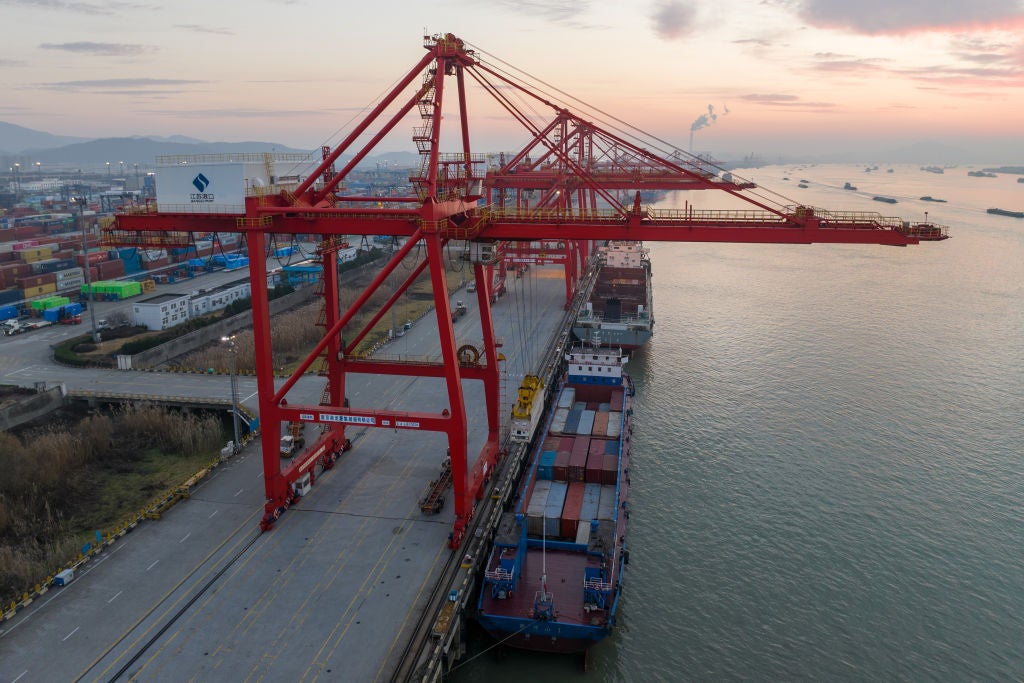According to the Global Port Tracker report released on 8 January by the National Retail Federation and Hackett Associates, the inbound cargo volume at the US' major container ports should gradually slow during the first quarter of 2024 with the holiday season over, before beginning to build again in the spring.
NRF vice president for supply chain and customs policy Jonathan Gold believes this is the "traditional" slowdown when the supply chain gets a break after busy holiday season.
However, he continued: "There's always a new challenge on the horizon. Attacks on cargo ships in the Red Sea have been in the headlines and the disruptions caused by those attacks have once again created volatility in retail supply chains. Retailers are working with their carrier partners on mitigation strategies to limit the impact, but we are seeing longer transit times and increased costs as a result."
While, Hackett Associates Founder Ben Hackett pointed out that any effect from the Red sea attacks would most likely come at East coast ports.
Hackett said: "The number of containers arriving at East Coast ports should not be directly affected if carriers add ships to maintain capacity, but shippers will have to adjust their supply chains to cope with longer transit time. We may see an increase of Asian cargo arriving at West Coast ports and then shipped east via intermodal rail, but doing so is costly and does not save that much time."
In fact, he emphasised that as might be expected, carriers are passing on the additional voyage costs and then some.
Latest data by Global Port tracker
- US ports covered by Global Port Tracker handled 1.89m Twenty-Foot Equivalent Units – one 20-foot container or its equivalent – in November, the latest month for which final numbers are available. That was down 8% from 2.06m TEU in October, which was the busiest month of the year and the peak of the fall shipping season, but up 6.6% from November 2022.
- December is projected at 1.89m TEU, up 9% year over year, although the ports have not yet reported the numbers. That would bring 2023 to 22.3m TEU, down 12.8% from 2022.
- Imports during 2022 totaled 25.5m TEU, down 1.3% from the annual record of 25.8m TEU set in 2021.
- Volume is expected to rise to 1.92m TEU in January, a year-over-year increase of 6.1%, before slowing for the remainder of the quarter.
- February (historically the slowest month because of Lunar New Year factory shutdowns in Asia) is forecast at 1.76m TEU, up 13.8% year over year.
- March is forecast at 1.7m TEU, up 4.7% from last year.
- April is forecast at 1.79m TEU, up 0.2% year over year.
- May at 1.92m, down 0.8% from last year.
Dr Sheng Lu, associate professor in the Department of Fashion and Apparel Studies at the University of Delaware, noted at that time how the incident "underscored the vulnerability" of global trade amid geopolitical tensions, which could encourage fashion companies to prioritise sourcing flexibility and diversification as strategic responses to navigate the uncertainties in the business environment.















